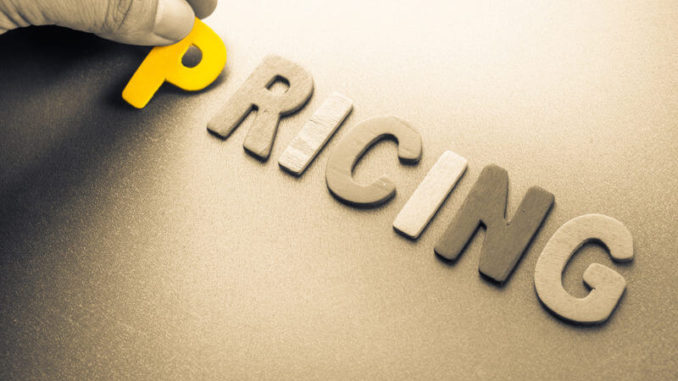
When it comes to pricing bonds, let’s first start with the basics. All bonds have an issue date, a maturity date and a stated face value or par value. Bonds are priced in 100s as a percentage of the par value. A bond with the face value of $1,000 may have a bond price of 100. For example, a bond trading at 97, means it’s trading at 97% of its par value or $970.
The coupon rate of a bond is the stated interest rate that is used to calculate the periodic interest paid on each coupon date. Keep in mind that bonds pay interest semi-annually

Upon maturity, the investor will receive their final interest payment plus the original principal.
When pricing bonds, remember that the issue date, maturity date and the coupon rate never change. The only features that change are the bond’s price and yield.
Price/Yield Relationship
- The yield of a bond is related to the current market interest rates. The price of the bond is determined by discounting the future coupon payments and the par value at the current market interest rates.
When pricing bonds, keep in mind that interest rates and bond prices have an inverse relationship.
- When current market interest rates RISE, bond prices FALL
- When current market interest rates FALL, bond prices RISE
Using the above examples, try changing the interest rate to 5% and then 10%. You’ll notice the inverse relationship mentioned above. As interest rates rise, bond prices fall and vice versa.
Bonds that are priced below $1,000 are said to be trading at a discount. Bonds priced above $1,000 are said to be trading at a premium. Bonds priced at $1,000 are said to be trading at par.
Calculating & Pricing Bonds
The quickest and easiest way to calculate a bond is to use a financial calculator. On the financial calculator, you’ll have the following inputs:
FV = Future Value or Principal Value of the Bond
PMT = Periodic Payments (Coupon Rate)
N = Number of Outstanding Interest Payments
I = Interest Rate
Example: Finding the Purchase Price
A $5,000 bond pays interest at 6% semi-annually and is redeemable at par at the end of 10 years. What is the purchase price if the bond pays 10% compounded annually?
A $5,000 bond pays interest at 6% semi-annually and is redeemable at par at the end of 10 years. What is the purchase price if the bond pays 10% compounded annually?
Using a financial calculator, calculate the present value of the redemption price. Note that P/Y/C/Y is 2 as the bond pays interest semi annually.
P/Y = 2
C/Y = 2
FV=$5,000
N= 10 X 2 = 20
I/Y = 10
PV = -1884.44
Step 2 – Calculate the Present Value of the Interest Payments
PMT = 5000 * 0.06/2 = $150
P/Y = 2
C/Y = 2
FV = 0
N = 20
I = 10
PV of interest payments = $1,869.33
Purchase Price = 1884.44 + 1,869.33 = 3,753.77
Since $3,753.77 is less than $5,000 which is the maturity value, you can say that this bond was purchased at a discount.
We’ve broken it down to 2 steps but if you wanted, you can calculate everything in one step using a financial calculator.
P/Y = 2
C/Y = 2
FV=$5,000
PMT = $150 (0.06/2) x $5,000
N= 10 X 2 = 20
I/Y = 10
Purchase Price = $3,753.77

